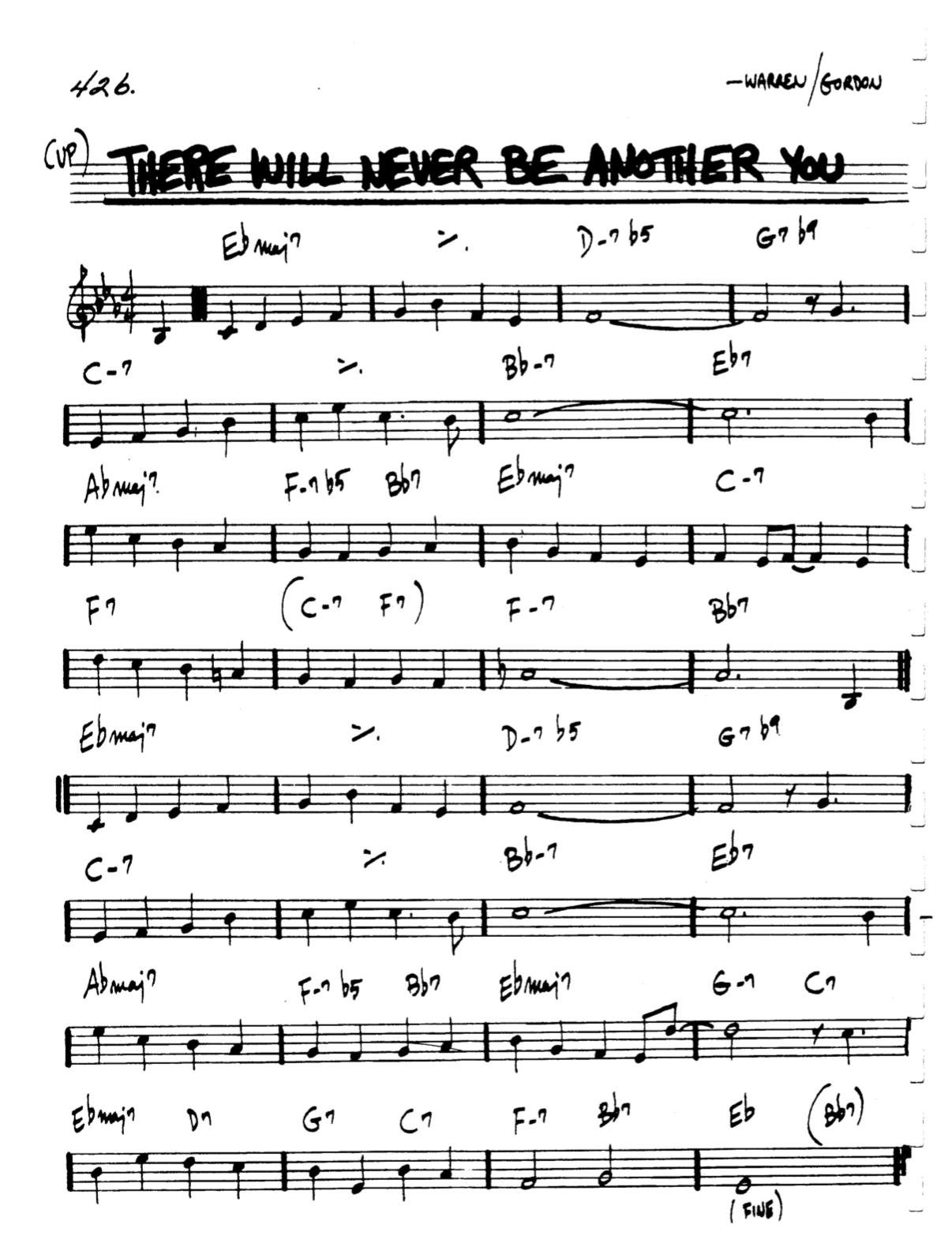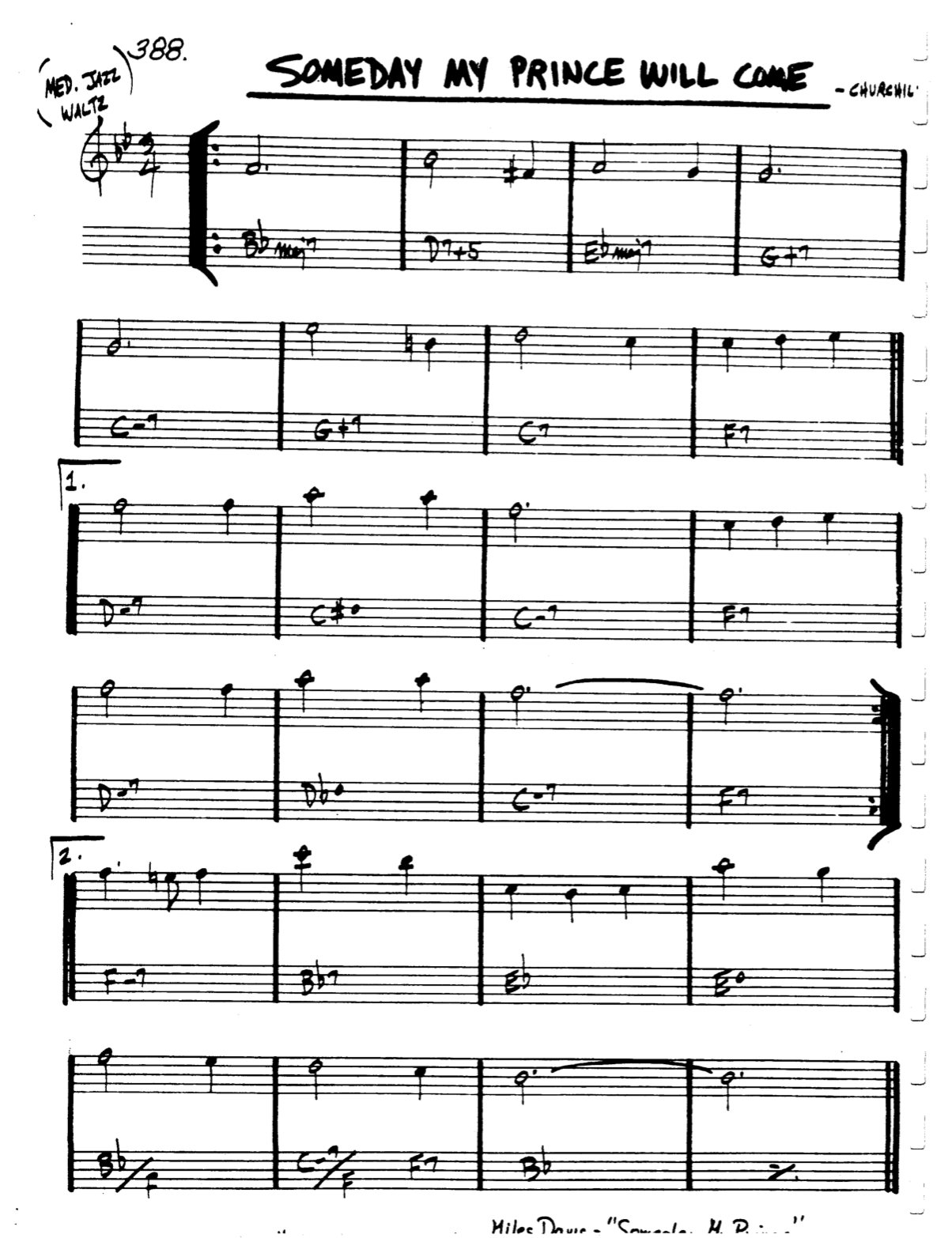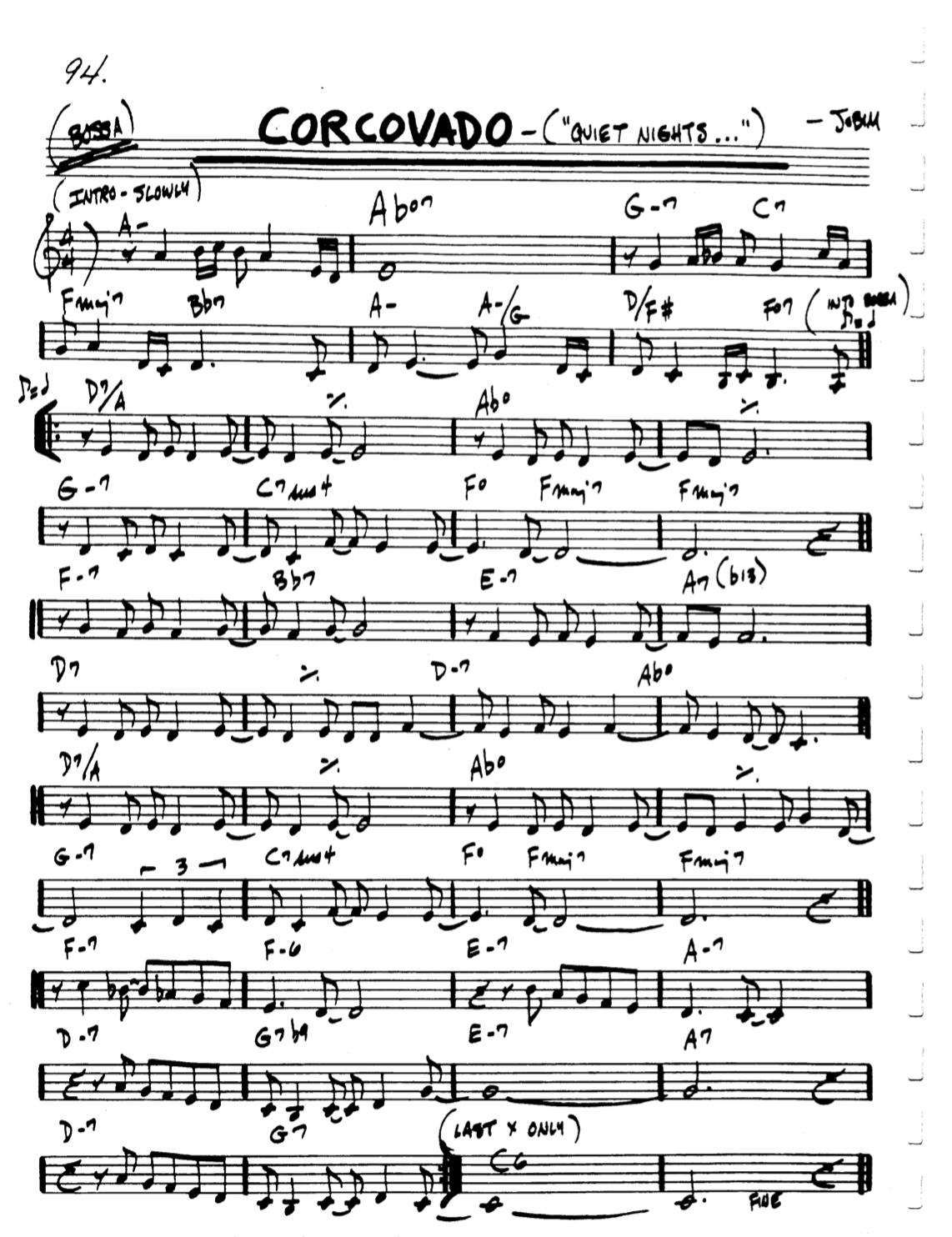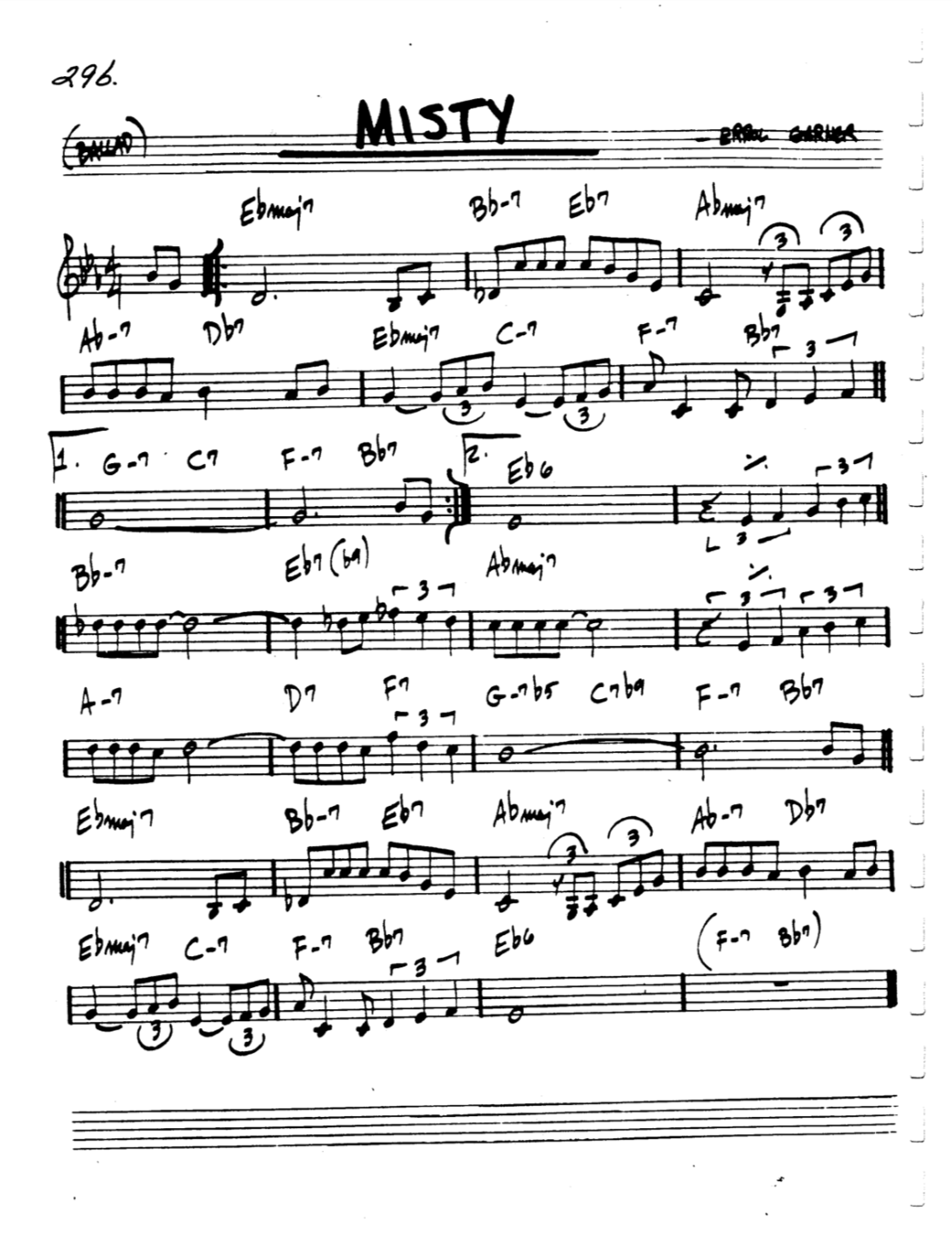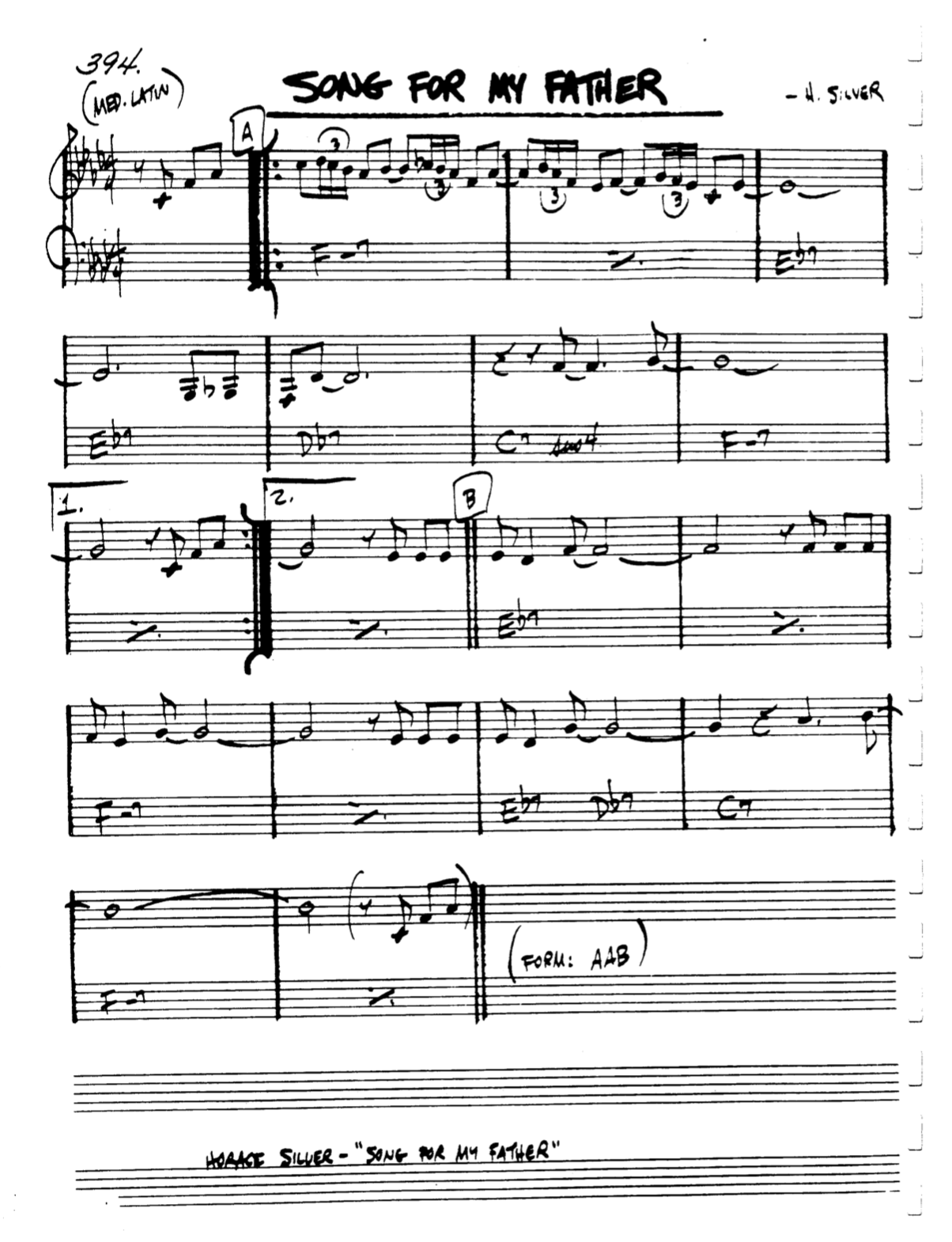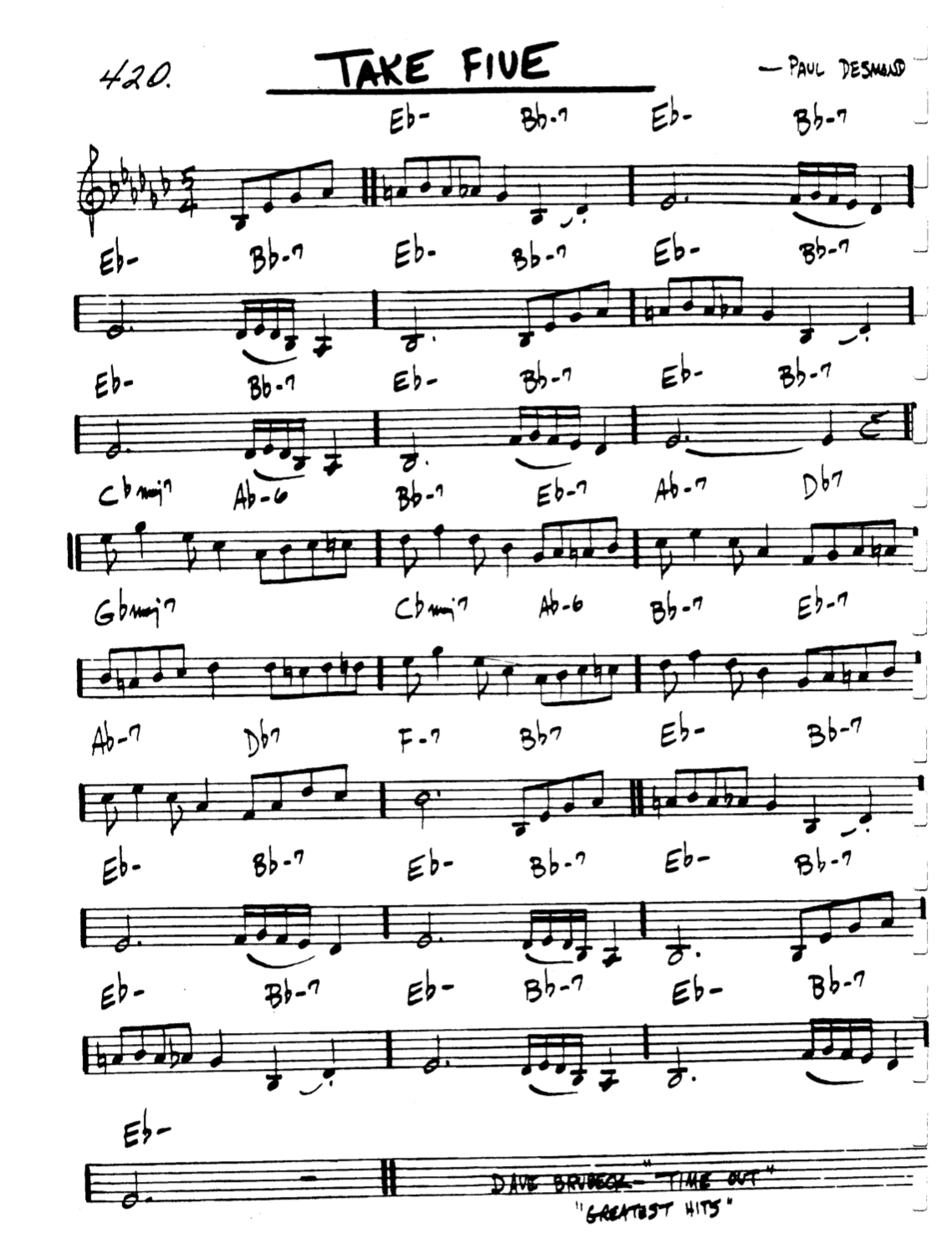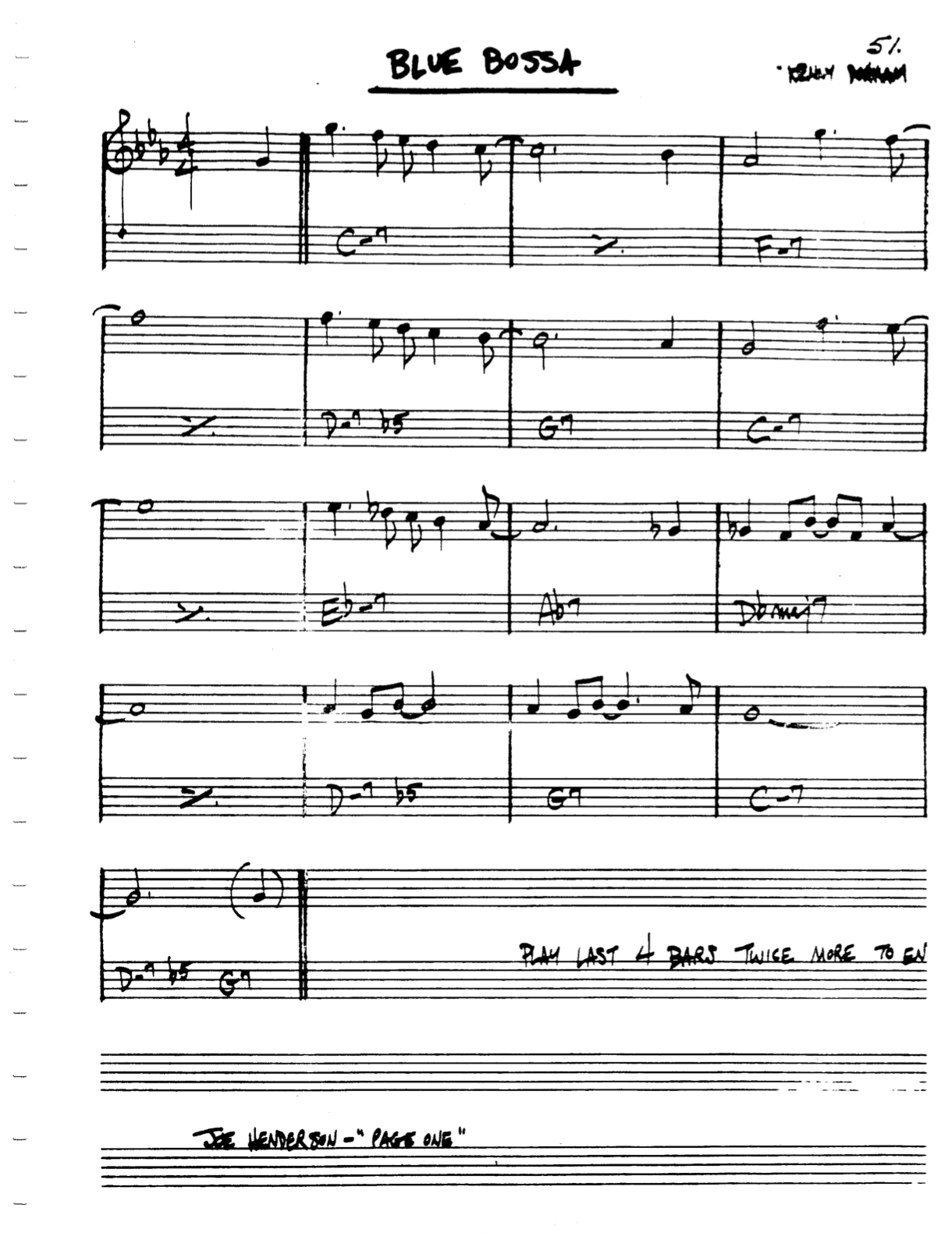Buy & Download There Will Never Be Another You ($2.99)
If you’re looking for the There Will Never Be Another You Lead Sheet by Warren Gordon, you’ve come to the right place! We’ve provided the lead sheet and sheet music for you here in the form of a simple pdf.
This chart comes from the very first Real Book, edition 5, which is publicly free and royalty free available to anyone on the internet as the 5th edition was not owned or published by an owner or company.
The There Will Never Be Another You Lead Sheet as a song was originally written by Warren in 1942, and is most know for the version as performed by the one and only Nat King Cole.
Some other famous artists and musicians who’ve done wonderful recordings and performances of the song include Chet Baker and Nancy Wilson.
I have personally performed the There Will Never Be Another You Lead Sheet many many times. It was always a fun song to perform, and the concert was pretty straight forward.
It has a very simple melody and the harmony is very straight forward as well. Apart from the occasional 2 5 1, the song actually strays pretty close to the original key center.
Mostly, I’ve played this song in small band settings. It’s not really a song to play at jam sessions or anything, just because of the fact that the There Will Never Be Another You Lead Sheet sounds pretty old school, rather then new jazz or hip hop soul music, which is now played more often in jam sessions.
With the being said, if any of you visiting here have any sound cloud or any other social media links of renditions of this song, feel free to share it in the comment section below.
As a student of music, I am always excited to learn more about different approaches different musicians take to songs.
New To Jazz?
It’s also important to note – and this is more of a recommendation – that if you are looking to learn more about jazz as a music genre in general and are looking for jazz standards to learn, that there are great jazz standards that are often times recommended that you start out by learning first.
Jazz standards such as Autumn Leaves and All The Things You Are are actually the best jazz standards to start analyzing and learning.
Why? Because they emory the very basics and foundation in jazz music, but they are still advanced enough to progress at.
Once you get into jazz, you will start to notice that truly, there is no easy jazz standard, especially from during the 1940s.
Sure, there have come out many modal tunes after the 1950s, such as Herbie Hancock tunes that make things a little bit easier by only providing a few chords in each song and being more of a straight vibe, not swing or bebop.
But if you’d like to get more into those songs, then it is highly recommended that you actually start out with the difficult stuff first.
That doesn’t take away from the fact that you can’t study modal tunes such as So Was by Miles Davis and maybe Chameleon by Herbie Hancock.
The main reason why those tunes are called modal (and why they are considered to be easier tunes) is because you don’t have a tonal center (The I chord) and so there aren’t a bunch of chords being thrown in to tell a story that leads all the way back to a tonic.
In Modal music, you can just have a few chords, let’s even say 2 chords, which will allow you to swing back and forth between, that will next allow you to easily play the melody without feeling that you don’t know what’s going on because of the many chord changes, and will allow you to easily play solos over, often times only with 2 scales.
However, the main reason why we are recommending that you start out with something like this There Will Never Be Another You Lead Sheet, is because when you train your brain to immediately take this as the standard in music (haha, see what I did there?), you start to look at bebop, many chords in the harmony, tricky melody as the baseline of your musical level, and when you practice these songs more often, and are dealing with switching back and forth between many chord progressions, 2 5 1s and much much more advanced chord progressions, you start to deal with learning all of the harmonically concepts.
Practice Tips for the There Will Never Be Another You Lead Sheet
I want to give you a few great practice tips for when you start to approach this jazz standard or any jazz standard in general.
First of all, it is really important that you get familiar with the melody, no matter what instrument you play!
Of course it’ll be really tough for you to play the melody on a drum set, but even then, you could incorporate the rhythmic aspects of the melody into your playing style.
The main reason for this is that – well, that you know what song you are playing and you actually know what you are talking about haha.
No, but also, this will give you the advantage that when someone is soloing over the chord progression of the song (which throws a lot of musicians off) you can think or sing the melody yourself while accompanying, to make sure that you reach the end together when another musician is done soloing.
This song, the There Will Never Be Another You Lead Sheet is especially great for this because the melody mainly consists out of quarter notes.
The next thing for you to do, is to really memorize the harmony and the chords.
Trust me when I say that it is impossible to play a killer jazz solo on your instrument, while reading the chart.
It is in fact easier for some than others. For example, a saxophone player will have a much easier time reading the chart and playing then let’s say a guitar player. Why? Because a guitar player has to look at their fretboard while a saxophone player uses his or her touch to determine what notes to play and is not visually based.
But, even if you are a saxophone player, you will want to have the harmony memorize so that you can put all of your focus on your solo!
Now, last but not least, the most important part, how can we really solo on the There Will Never Be Another You Lead Sheet?
Well, that’s actually quite simple, but a slow process especially if you are new.
First of all, I recommend absolutely every really makes sure they know all of their scales. And by that I mean, major scale, minor scale, major heptatonic scale, minor heptatonic scale, major pentatonic scale and minor pentatonic scale.
Next, you have to make sure you know your arpeggios, in every key and every aspect of it on your instrument.
This will allow you to – when you have the chord progression of the song memorized – to properly solo over it while just following the movement of the chords.
Now, the tricky part is, that you need to have a trick bag filled with solo concepts, patterns and more built upon your knowledge of scales and arpeggios. This will help tie all of your solo concepts together.
And for the very last part, you always always always start out by practicing between two chords.
This meaning that you have to practice soloing between chord one and two. See how the movement makes you switch scales or arpeggios Do you need inversions in your arpeggios or is there an overlapping scale you can play on both chords that would make it easy for you to play and solo.
Think of these things when you’re learning how to perform the There Will Never Be Another You Lead Sheet.
I guarantee you it will set you up to learn another jazz standard faster an better in the future!
